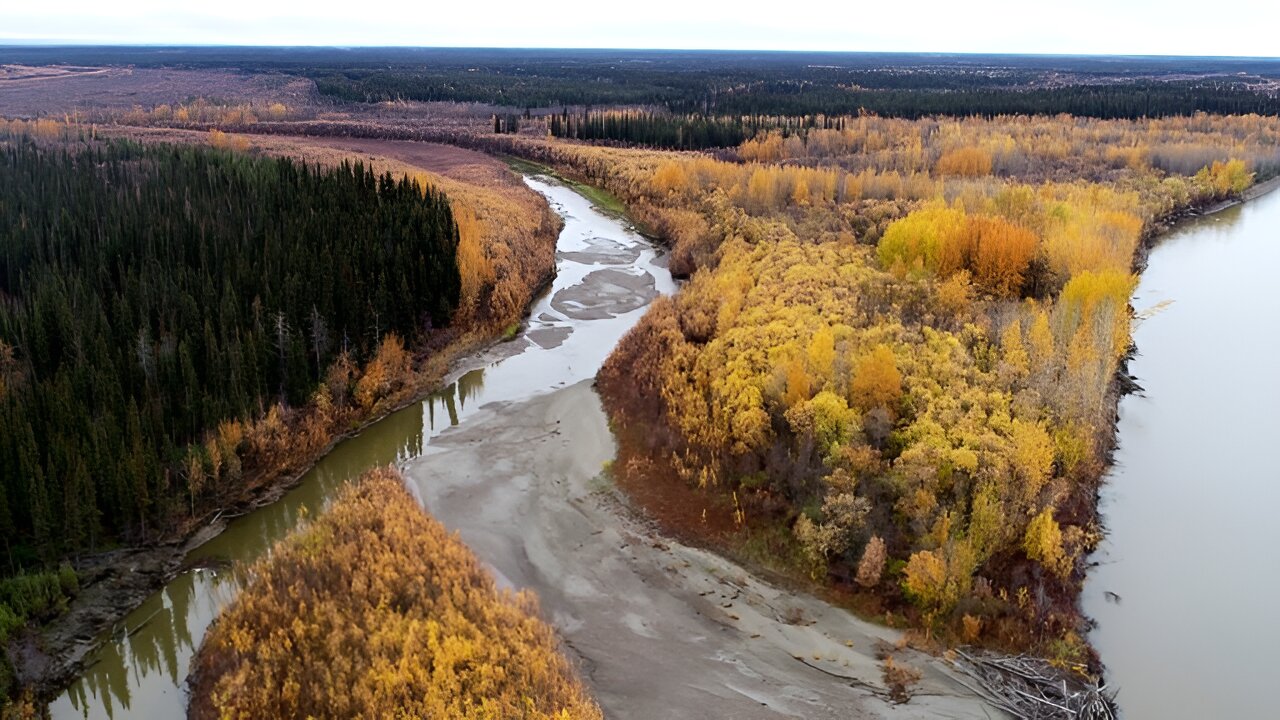Recent research has revealed that Alaska’s Yukon River may be transporting more than just water, as climate change-induced permafrost melting is releasing long-stored mercury into the river system. The study, published in Environmental Research Letters, warns that this poses a significant environmental and public health risk, particularly to the 5 million people living in the Arctic region, where the mercury is being released into freshwater systems like the Yukon River.
This mercury has been trapped in the permafrost for millennia, and as the permafrost melts, the mercury is being released into the environment. The researchers highlighted that more than 3 million people live in areas where permafrost is expected to disappear completely by 2050, raising concerns about a “mercury bomb” waiting to detonate.
Natural atmospheric circulation patterns cause pollutants, including mercury, to accumulate in the Arctic, where it has built up in the air, water, soil, and permafrost.

The research explains that Arctic plants absorb mercury from the atmosphere and eventually die, becoming part of the permafrost. As this permafrost thaws, the mercury is released into the water and soil, posing potential risks to the ecosystem.
Prior research had focused on sampling mercury from the top layers of permafrost, but this study dug deeper into riverbank and sandbar sediments to uncover higher levels of mercury.
The researchers found that the mercury levels they detected in the river sediments matched previous estimates, suggesting that this new sampling method could serve as a reliable way to measure mercury content in the region.
Although there is no immediate threat to human health, the scientists caution that over time, as more mercury is released, it could accumulate in the food chain, particularly affecting fish and game — critical sources of sustenance for local populations.
The study also notes that mercury deposits along the Yukon River are constantly shifting as sediments are mobilized and redeposited by the river. As mercury levels continue to rise, long-term exposure to this toxic metal could have severe consequences for both the environment and the health of Arctic residents, especially if mercury levels continue to increase in the coming decades.

